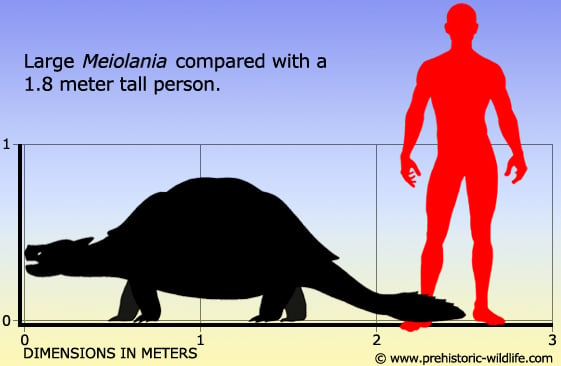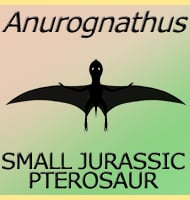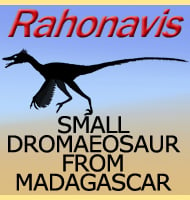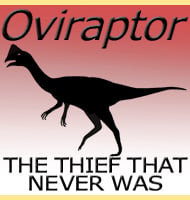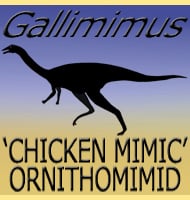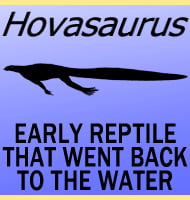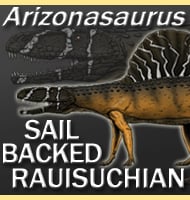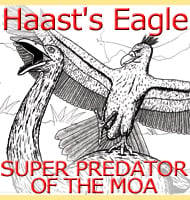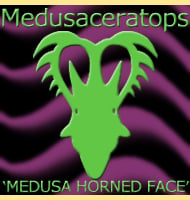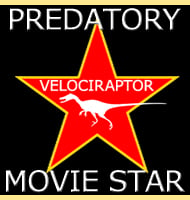In Depth
When first described from fossil skulls, Meiolania was first thought to have been a lizard, hence the name which means ‘small roamer’. This is a reflection to the earlier description of Megalania (today known as Varanus priscus) which means great roamer and was also named by Owen in 1859. In time however it was learned that Meiolania was actually a terrestrial turtle and one of if not the largest terrestrial turtle to live.
Meiolania species come in a number of sizes but smaller specimens are usually attributed to smaller island populations, something that could be attributed to insular dwarfism. The larger specimens of Meiolania are estimated at up to two hundred and fifty centimetres long, and although some aquatic turtles such as Archelon were bigger, Meiolania is the biggest known land living turtle. The only real rival that Meiolania has in terms of size is the giant Colossochelys from Asia which is estimated between two hundred and fifty and two hundred and seventy centimetres long.
Although we know that Meiolania was a turtle we still don’t know what kind. Turtles are classed as either being members of the Cryptodira which fold their necks under their spines, while the Pleurodira group of turtles fold their necks to their sides. Meiolania however could not do either of these things because of the arrangement of spikes on top of its skull that would have prevented the head from sliding under the shell. Despite this however, the Meiolaniidae family of turtles which Meiolania belongs to is still grouped under the Cryptodira.
Aside from the large spikes on the head, Meiolania also had a spiked tail similar to some tails of the mammalian glyptodonts, and it’s plausible that these may have been defensive features for protecting the head and tail extremities from predators. Such adaptations would have made it difficult for predators to close their mouths around these spots without getting a mouthful of spikes.
The disappearance of much of the Pleistocene megafauna is often attributed to the arrival of humans and in the case of Meiolania there is actually strong evidence to support this. In Vanuatu the remains of the species Meiolania damelipi have been found in the rubbish dumps of early human settlements. Of particular note is the fact that most of these remains are of leg bones which strongly suggests that the body of the animal was butchered elsewhere, possibly at the site of the kill and more manageable parts like the legs were brought back for later consumption. Study of the layers of these rubbish deposits also points to an event where Meiolania went extinct only three hundred years after the first human contact. This fate was nearly shared by the Gal�pagos tortoise (Chelonoidis nigra) after the arrival of the first Europeans on the Gal�pagos Islands.
Further Reading
– Notes on the extinct Chelonian Meiolania, with a record of a new occurrence. – Records of the Australian Museum 14 (4): 223–242 – C. Anderson – 1925. – Meiolania brevicollissp. Nov. (Testudines: Meiolaniidae): A new horned turtle from the Australian Miocene. – Alcheringa: an Australasian Journal of Palaeontology 16 (2): 93–10. – D. Megirian – 1925. – Megafaunal expression in a land without mammals-the first fossil faunas from terrestrial deposits in Fiji (Vertebrata: Amphibia, Reptilia, Aves). – Senckenbergiana biologica 79 (2): 237–242. – T. H. Worthy, A. J. Anderson & R. E. Molnar – 1999. – Megafaunal meiolaniid horned turtles survived until early human settlement in Vanuatu, Southwest Pacific. – Proceedings National Academy Sciences USA 107 (35): 15512–15516 – A. W. White, T. H. Worthy, S. Hawkins, S. Bedford, M. Spriggs – 2010.
